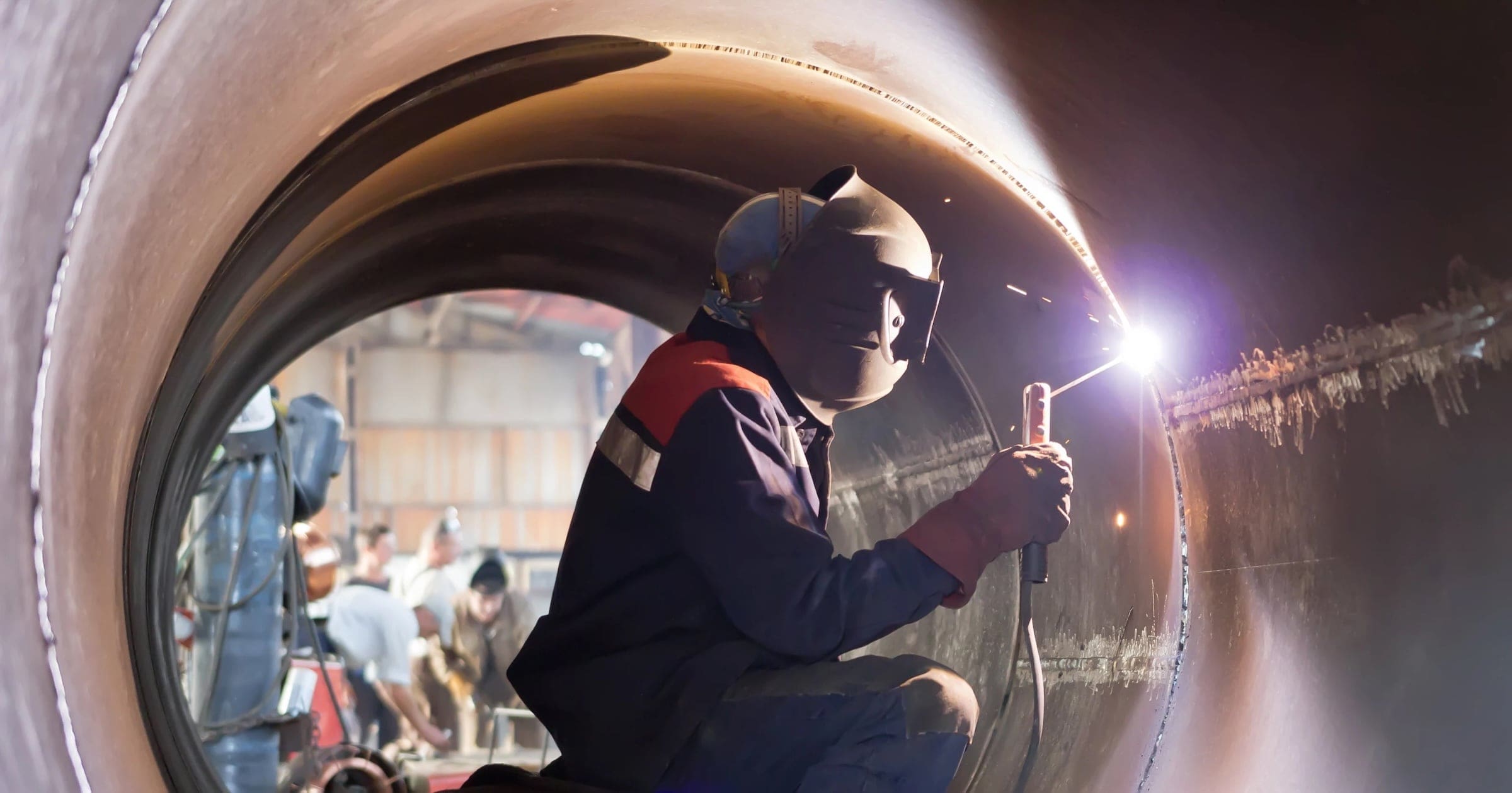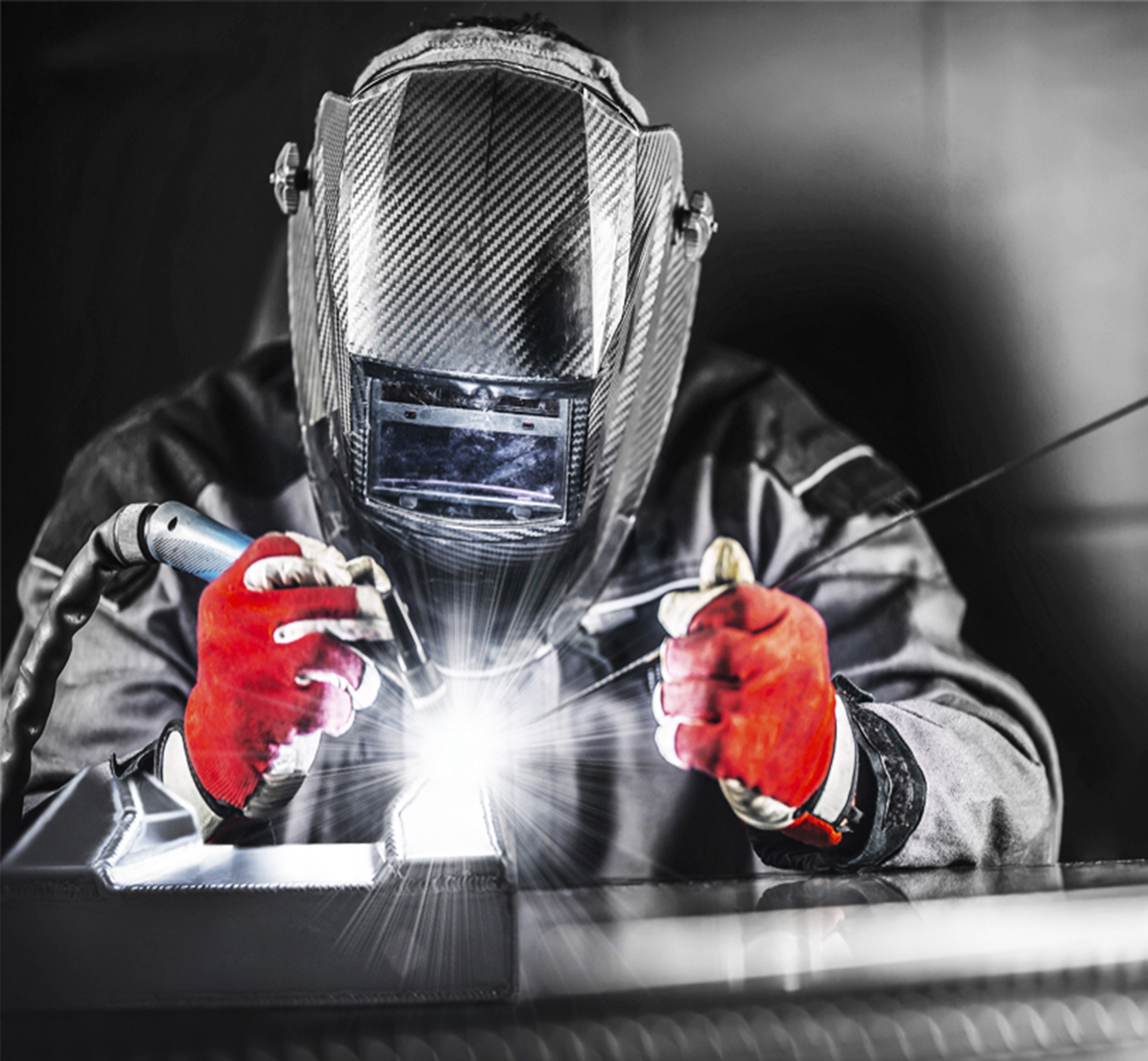Typical Welding Repair Issues and Just How to Address Them Effectively
Welding repairs usually run into a series of issues that can threaten the honesty of the end product. Common troubles include insufficient infiltration, porosity, and imbalance, among others. Each defect offers unique challenges that need certain techniques for resolution. Understanding these issues is crucial for welders aiming to improve their abilities and end results. This discussion will certainly check out these usual welding repair work issues and efficient methods to resolve them.
Poor Penetration
Insufficient infiltration takes place when the weld metal falls short to completely fuse with the base material, resulting in weak joints and possible structural failures. This problem usually stems from insufficient warmth input, inaccurate electrode angle, or incorrect welding rate. Welders might experience poor infiltration because of a mistake of the required parameters for a specific product thickness or kind. Furthermore, contamination on the base product's surface area can prevent effective bonding, exacerbating the problem. To attend to inadequate penetration, welders need to ensure ideal settings on their tools and maintain a clean job surface. Routine examination of welds is advised to recognize any type of shortages early, permitting timely corrections and the prevention of compromised architectural integrity in bonded assemblies.
Porosity
Porosity is an usual flaw in bonded joints that shows up as little gas bubbles entraped within the weld steel. This issue can jeopardize the integrity of the weld, causing decreased toughness and potential failure under stress and anxiety. Fabrication. Porosity usually emerges from contamination, wetness, or incorrect welding techniques, which enable gases to leave right into the liquified weld swimming pool. To address porosity, welders need to ensure correct surface area prep work, preserve a tidy workplace, and use ideal welding specifications. In addition, picking the right filler product and protecting gas can minimize gas entrapment. Routine inspection and screening of welds can aid identify porosity early, assuring prompt restorative activities are taken, thereby maintaining the top quality and integrity of the bonded structure
Imbalance
Imbalance in welding can develop from various aspects, including improper setup and thermal growth. Comprehending the source is crucial for reliable resolution. Numerous correction methods are offered to straighten parts and assure architectural honesty.
Reasons for Misalignment
Welding misalignment typically comes from a selection of underlying problems that can endanger structural honesty. One key cause is incorrect fit-up of parts prior to welding, which can result in gaps and uneven surfaces. Variants in thermal development during the welding process can also lead to distortion, particularly if the materials being joined have different coefficients of growth. In addition, poor securing and fixturing may fail to hold parts firmly in position, leading to movement during welding. Badly maintained tools, consisting of welding makers and devices, may introduce incongruities in the weld grain, more contributing to imbalance. Driver error, stemming from insufficient training or experience, can additionally play a considerable role in creating misaligned welds.

Correction Strategies Available
Attending to misalignment efficiently needs a combination of corrective techniques customized to the details concerns at hand. One typical method is using components or jigs to hold elements in the correct setting during welding, making sure consistent positioning. Furthermore, preheating the materials can assist reduce distortion and enhance fit-up. For significant misalignment, mechanical adjustment strategies, such as utilizing hydraulic jacks or clamps, can be employed to remedy the placement prior to welding. Post-weld warm therapy may likewise be needed to alleviate anxieties brought on by imbalance. Finally, mindful examination and change during the configuration phase can protect against misalignment concerns from ending up being significant problems, advertising a smoother welding procedure and boosting overall structural stability.
Distortion
Distortion is an usual obstacle in welding that can develop from numerous factors, consisting of unequal heating & cooling. Understanding the causes of distortion is important for executing efficient avoidance techniques. Resolving this issue not only enhances structural honesty however likewise improves the overall top quality of the weld.
Causes of Distortion
When based on the extreme warmth of welding, materials usually go through modifications that can bring about distortion. This phenomenon largely develops from thermal development and tightening during the welding process. As the weld location warms up, the material broadens; upon air conditioning, it acquires, which can create interior tensions. Furthermore, uneven heating throughout a work surface can exacerbate these stresses, causing warping or flexing. The kind of product likewise plays a significant duty; steels with varying thermal conductivity and coefficients of expansion may react differently, bring about unforeseeable distortions. Inadequate joint style and insufficient fixturing can add to misalignment during welding, boosting the possibility of distortion. Understanding these reasons is crucial for reliable welding repair work and avoidance strategies.
Prevention Techniques
Effective avoidance techniques for distortion during welding emphasis on regulating warmth input and making certain proper joint style. Preserving a consistent heat input aids to lessen thermal development and contraction, which can cause distortion. Making use of strategies such as preheating the workpiece can additionally decrease the temperature gradient, advertising consistent heating. Additionally, picking appropriate joint styles, such as T-joints or lap joints, can improve stability and minimize stress concentrations. Executing correct fixturing to secure the work surfaces in place even more aids in maintaining positioning during the welding procedure. Ultimately, staggered welding sequences can disperse warmth extra uniformly, protecting against local distortion. By applying these techniques, welders can significantly decrease the likelihood of distortion and improve the general quality of their welds.
Splitting
Breaking is an usual issue experienced in welding repairs, typically arising from numerous aspects such as incorrect air conditioning prices, material selection, or poor joint preparation. The occurrence of splits can substantially endanger the integrity of the weld, leading to prospective failures throughout operation. To resolve this issue, welders should first examine the origin, guaranteeing that materials are compatible and appropriately picked for the details application. In addition, regulating the air conditioning price throughout the welding procedure is important; rapid air conditioning can cause stress and anxiety and bring about fracturing. Correct joint style and prep work additionally add to lessening the danger. Applying these approaches can enhance weld high quality and toughness, eventually lowering the possibility of splitting in completed weldments.

Incomplete Fusion
A significant problem in welding repairs is insufficient blend, which takes place when the weld steel does not effectively bond with the base product or previous weld passes - Belgrade. This flaw can bring about weak points in the joint, potentially jeopardizing the integrity of the welded framework. Aspects contributing to incomplete combination include insufficient warm input, improper welding technique, and contamination of the surfaces being signed up with. To resolve this issue successfully, welders need to guarantee correct pre-weld cleaning and surface area prep work, in addition to change their welding criteria to achieve adequate penetration and blend. Normal inspection during the welding process can also assist identify incomplete blend early, permitting timely corrective steps to improve the general quality of the weld
Overheating
While welding repairs can enhance architectural honesty, overheating provides a considerable challenge that can bring about product destruction. Too much warm throughout welding can modify the mechanical properties of metals, leading to reduced toughness, enhanced brittleness, and bending. This phenomenon is especially vital in high-stress applications where structural integrity is paramount. Recognizing getting too hot can involve visual inspections for staining or distortion, in addition to keeping an eye on temperature throughout the welding process. To alleviate the risks connected with getting too hot, welders must use suitable techniques, such as regulating warm input, readjusting traveling rate, and making use of suitable filler materials. Additionally, executing pre- and post-weld warmth therapies can aid restore product homes and boost the general top quality of the repair work, ensuring long-lasting performance and security.
Frequently Asked Questions
What Are the Common Indicators of a Welding Flaw?

Exactly How Can I Test My Welds for Quality?
To check welds for high quality, one can use visual assessments, ultrasonic screening, and radiographic methods. Each method assures architectural honesty, recognizes defects, and verifies adherence to specified standards, eventually enhancing the dependability of the welded joints.
What Security Preventative Measures Should I Take While Welding?
When welding, one need to prioritize safety and security by wearing suitable individual protective equipment, making certain appropriate ventilation, protecting flammable materials away, preserving a tidy workspace, and being mindful of environments to avoid injuries and mishaps.
Can I Fix a Weld Without Renovating the Entire Joint?
Repairing a weld without remodeling the whole joint is feasible, relying on the damage (Montana Mobile Welding and Repair Fabrication). Methods such as grinding, adding filler material, or making use of a welding process can effectively address certain flaws while preserving the bordering structure
What Devices Are Essential for Effective Welding Repairs?
Essential tools for effective get more info welding repairs include a welding maker, cable brush, grinder, protective gear, clamps, and filler products. Each device plays an important role in making certain top quality and safety and security throughout the fixing procedure. Porosity typically arises from contamination, dampness, or inappropriate welding techniques, which permit gases to leave into the liquified weld pool. Inadequately conserved devices, including welding makers and devices, may present inconsistencies in the weld grain, additional contributing to imbalance. When subjected to the extreme warm of welding, materials usually undergo modifications that can lead to distortion. Cracking is a common concern come across in welding repairs, often resulting from different factors such as improper cooling rates, material option, or insufficient joint preparation. A considerable issue in welding repair services is incomplete combination, which takes place when the weld metal does not sufficiently bond with the base product or previous weld passes.